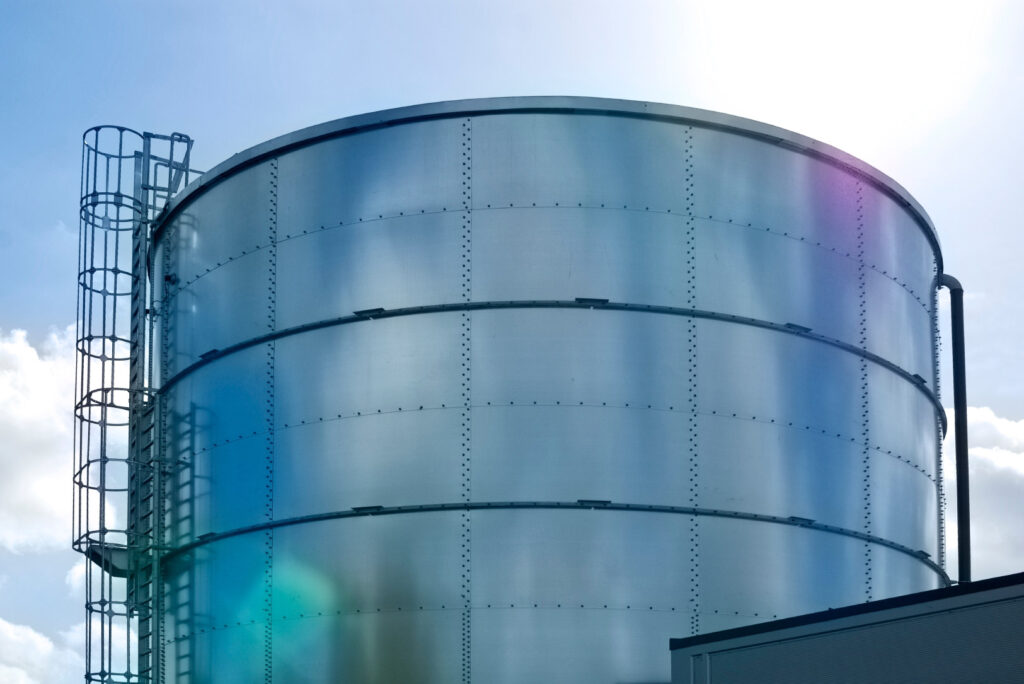Accuracy on a water level sensor can be confusing. The specifications tell users the error band as a percentage of a specific scale, rather than directly giving the accuracy. The same principles apply to all level sensors, no matter what’s being measured. At Automation Products Group, Inc. (APG), we’ve put together a guide on how to spec accuracy on a water level sensor.
There are a few ways to spec accuracy on a level sensor. Most depend on a measurement scale. Some of the more common methods include:
- Percentage of the distance of the current reading
- Plus or minus an actual unit, such as ± X mm
- Percentage of the full-scale as calibrated
After understanding how linear accuracy on a water level sensor works, adding context is important. How much volume is at stake within the specified error band?
Percentage of Current in Water Level Measurement
Ultrasonic technology is a popular choice for water level sensors whose accuracy depends on the current reading. Ultrasonic sensors use sound waves to bounce off the liquid’s surface to tell how much liquid is inside the tank. These liquid level sensors have a resolution as high as 0.1 in. (2.5mm) and an accuracy of 0.25% of the detected range (current reading). An ultrasonic sensor will have higher detection accuracies at closer targets than at targets further away.
An ultrasonic level sensor reading a full-scale range of 144 inches will have an accuracy of ±0.36 inches at ambient temperature. The same sensor reading a distance of 75 inches will have an accuracy of ±0.18 inches. The .25% detected accuracy is applicable whether the sensor reads in distance such as feet, or volume in gallons.
Plus/Mins Actual Units
Accuracy is as an error band of a solid unit of measure, such as ±1 inch. Magnetostrictive technology is very accurate, and fits this scenario. Here, floats with magnets inside move up and down a stem. As the floats moves along the stem, the changes in the stem’s magnetic field are used to detect the float’s location, which is the liquid level.
Magnetostrictive sensors have accuracy better than ±0.059% of the stem length. Because stem length depends on what the customer needs, the spec sheet will give a worst-case scenario, something like ±4mm. In reality, a shorter stem has better linear accuracy than a longer one.
A magnetostrictive sensor reading a measurable range of 6000 millimeters (its measurable stem length) will have an accuracy of ±3.5 mm. A similar magnetostrictive sensor reading a measurable range of 3000 millimeters (its measurable stem length) will have an accuracy of ±1.77 mm.
Percentage of Full-scale
It’s common to use pressure sensors to determine liquid level. These sensors typically spec accuracy as a fixed percentage of the full calibrated scale.
The analog output of the pressure transducer is calibrated to the full-scale of the measurement. If the output is 4-20mA, then 5mA equals 1/16th of the full range. Many pressure sensors are fairly accurate, with an error band of ±0.25% full-scale or better. Accuracy improves as the sensor’s full-scale pressure is lowered.
A pressure sensor calibrated for 1000 inches of water full-scale will have an accuracy of ±2.5 inches. For the same sensor used to measure a tank only 30 inches tall, the accuracy would still be ±2.5 inches. For a sensor calibrated for a tank 30 inches tall, the accuracy would be ±0.075 inches.
When using pressure sensors to determine water level, it’s recommended using a sensor with a full-scale range equal or close to equal the height of the tank.
Tank and Well Dimensions
Tanks and wells come in all sorts of shapes, and this variety makes the dimensions critical to put your sensor’s accuracy into perspective. Flat bottom tanks or wells with straight sides are the easiest to calculate accuracy and capacity. Irregular shaped tanks and wells are more difficult, but a few tools can help.
Some ultrasonic level sensors have different tank types programmed into the software. By adding the requested dimensions, the software performs all the needed calculations. For sensors without the technology, a strapping chart is recommended. Strapping charts tell the volume at any given linear height. Higher quality sensors have strapping chart functions programmed into the software.
Having tank dimension calculators and strapping charts help users put a volume to the ± accuracy specification. If the tank is wide enough, even 4mm can represent a rather large volume.
For any questions about level sensors or water level sensors, feel free to reach out to us. Our responsive technicians and engineers are always ready to provide the right answer.
WRITTEN BY

Sami T.
Sami Thompson is APG’s Marketing Technical Writer and has been with the company since 2022. With a master’s degree in English from Utah State University and a 40-page thesis publication under her belt, Sami has a demonstrated strong writing background. In her free time, Sami enjoys reading and birdwatching.


